Since recorded history began, good handwriting has been a valued and highly-esteemed skill. Often considered an art, handwriting was once the primary means of creating important documents, communicating by letter, and preserving written memories.
As technology developed, a few decades of widespread typewriter use paved the way for a swift and comprehensive transition to electronic keyboards.
What we have gained in practicality has cost us dearly and so fundamentally that it affects nearly every aspect of our lives. Understanding the many benefits of good handwriting may provide the incentive to resuscitate this fading art.
Has technology dimmed our intellect?
The effort put forth in using a writing utensil requires coordination, focus, and self-discipline. Some believe that exercising these facilities makes you smarter. With the transition from paper to screen media in schools, many studies have revealed telling trends — such as decreased functional connectivity, poorer focus, reduced fine-motor skills and coordination, and increased risk of ADHD in children.

The Journal of Early Childhood Education and Development published a study which showed that young students who developed fine motor skills through handwriting instruction out-performed their peers three years later in both reading and math. Analytical research also shows that handwriting stimulates brain activity connected with memory and learning, while typing does not; yet many students are not learning this valuable skill.
Success
You are now signed up for our newsletter
Success
Check your email to complete sign up
Former president Catherine Drew Gilpin Faust of Harvard University found that, after handwriting was removed from the Common Core standards in 2010, two thirds of her students were unable to read cursive, let alone write it.
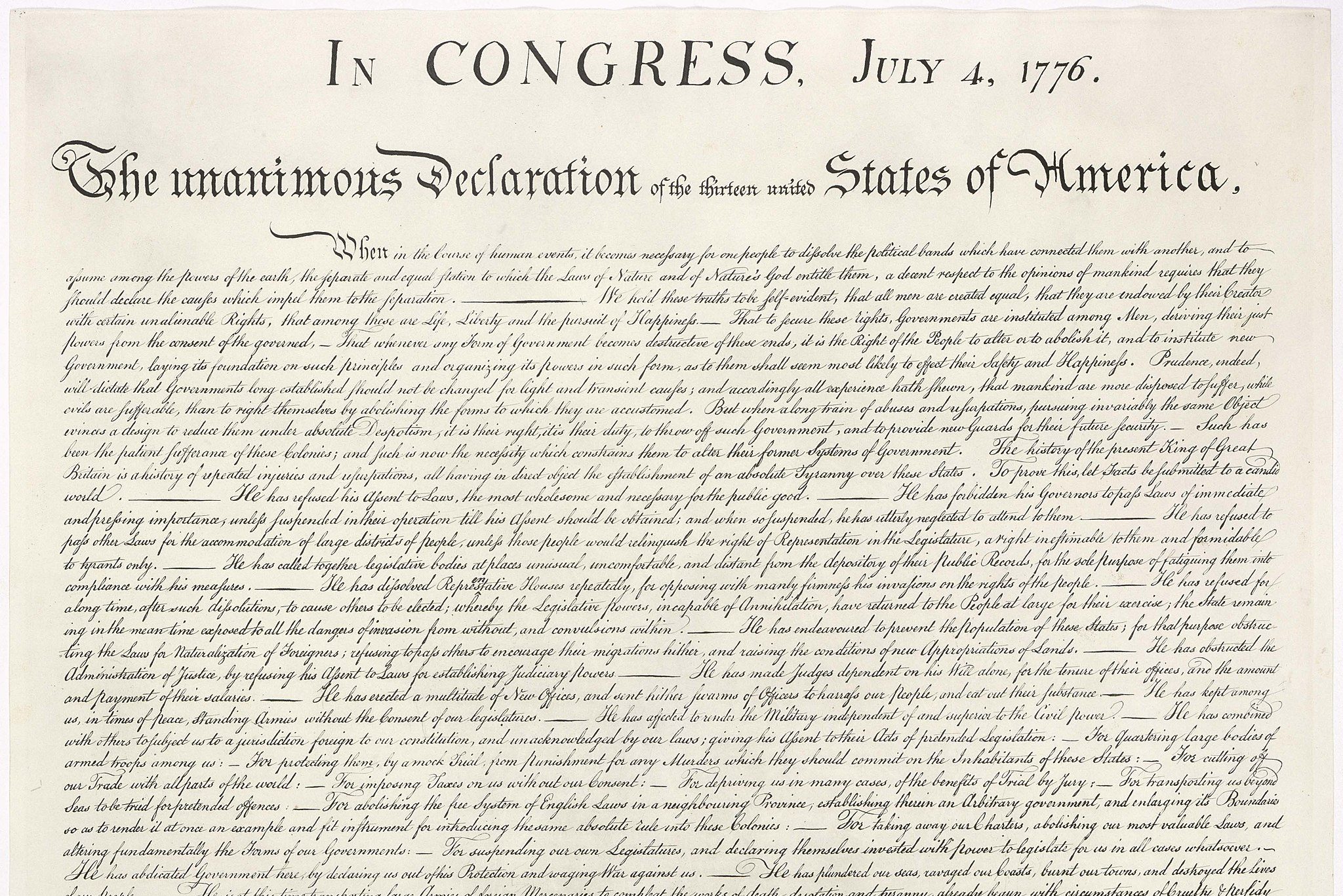
Why handwriting is important
Handwriting is not only beneficial to academic performance, it has many practical applications as well. For one thing, it improves communication. Legible notes are much easier to read — both for the author and others.
If you want to be an effective communicator, your words and meaning must be clear.
Handwriting slows you down enough to allow for a thoughtful presentation of your message. It can also prevent the rash, reactionary responses that are so easy to text, yet so hard to delete.

Handwriting also improves character. In ancient China, calligraphy (shufa 書法) was regarded as the supreme form of visual art — a valued means of self-cultivation and expression — whose execution was equally or more important that its content. Writing and literacy were so highly esteemed that the necessary materials — ink, brush, paper and inkstone (used for grinding and mixing the solid ink tablet with water) were considered “the scholar’s four treasures” (wénfángsìbǎo 文房四宝).
How can beautiful handwriting have such an impact? Good calligraphy — like good handwriting — requires discipline, focus and skill. To do it well, one must master the mind. Forming beautiful characters becomes a sort of meditative practice that nurtures patience and serenity. One who was skilled at calligraphy could be presumed virtuous and honorable in ancient China, but many other cultures have also recognized a connection between character and handwriting.
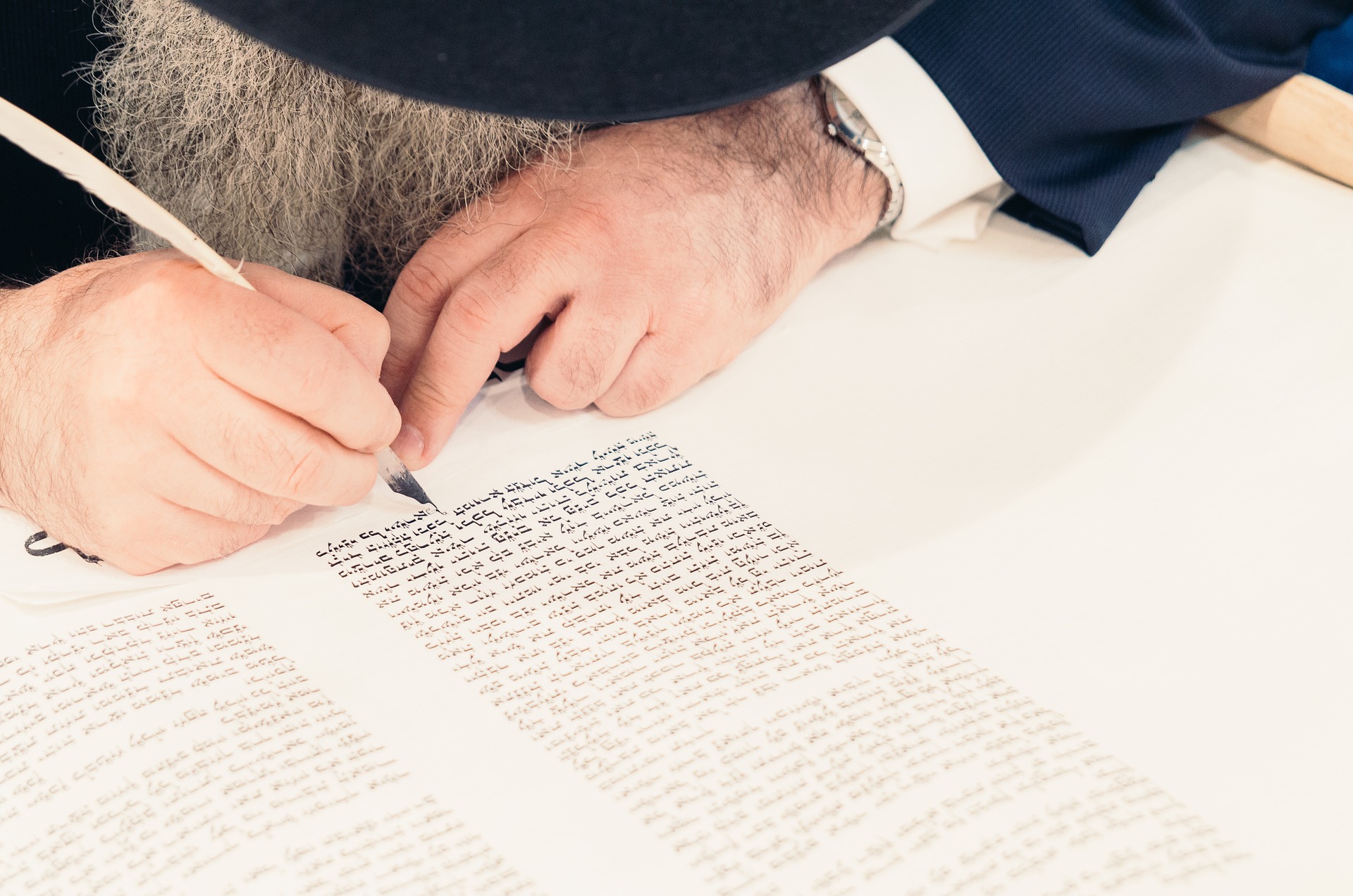
What your handwriting reveals about your character
Handwriting is a form of self-expression, both intentional and otherwise. According to handwriting analysts, the way we write can be a fairly accurate indicator of a broad spectrum of character traits.
For instance, outgoing people tend to make larger letters, leave open circles, and slant to the right; while their introverted counterparts use smaller letters, close their circles and slant left. If the slant changes in the middle of writing, it is an indicator of falsehood. Very small handwriting is a mark of intelligence and excellent concentration.
Broadly spaced letters indicate a love of freedom, while cramped handwriting shows a preference for company. Lighthearted folks might use circles in place of dots, while a highly positioned dot, and/or unconnected letters indicates a good imagination. Organized, detail-oriented people tend to connect their letters and dot close to their I’s, while procrastinators dot to the left.
Heavy handed writers may be angry or tense, while those with a soft touch are often sensitive or emotional. The positioning of the cross on your lowercase T’s can offer insight into whether you are setting your goals too high or too low; while the looseness of your loops reveals whether you are relaxed or uptight. A legible signature is a mark of confidence.
While it would be a mistake to judge others by their handwriting, examining your own penmanship can be a useful tool in spiritual growth. Improving your handwriting can strengthen your character, while cultivating virtue can also improve your handwriting. Let’s look at how we can achieve these goals simultaneously.
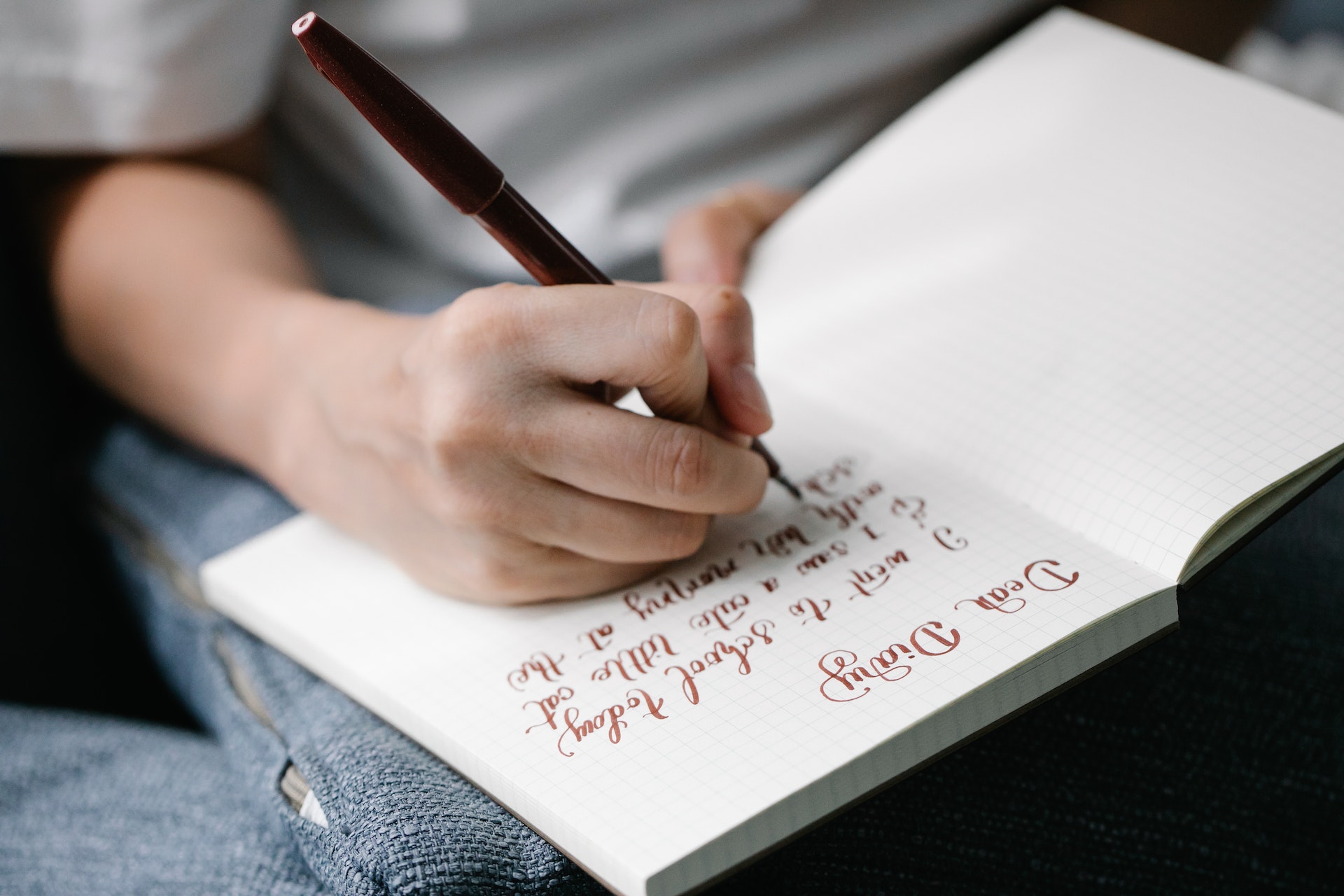
Improve your handwriting and cultivate your character
Whether you have let your good penmanship slide over the years, or you have always written chicken scratch, there is certainly a path for improvement. If you have the interest and determination, the following steps can guide you on the way.
Evaluate your handwriting
Produce a paragraph of writing on any topic, and examine this sample of your penmanship for spacing, line-weight, legibility, slant and consistency. What imperfections do you see, and how do they reflect on your character?
Are you holding resentment that causes you to express yourself with anger? Is your mind cluttered with attachments that prevent a smooth and even flow? Are you restricting and limiting your potential out of fear? Assess any extremes honestly, and aim for balance in both character and expression.
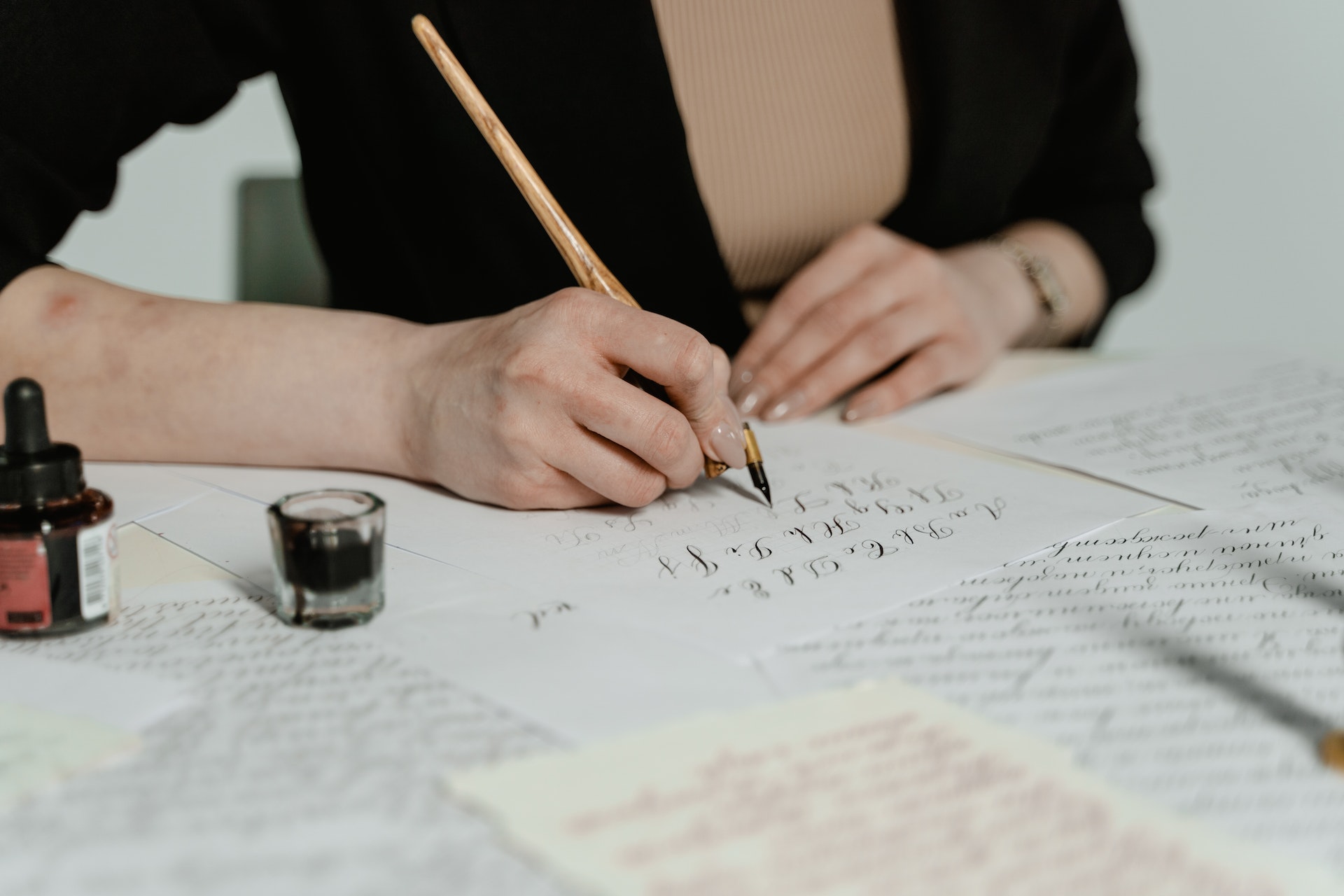
Establish good form
Good posture is another indicator of good character. Sit upright at a suitable writing surface, using your non-writing hand for balance. Hold the writing utensil with medium pressure between the thumb, index, and middle fingers, resting it either on the knuckle of the middle finger or the flesh between the thumb and index finger.
If you are in the habit of shaping your letters by moving the fingers, you may find that shifting this task to your arm and shoulder makes your writing flow more easily. Some people insist that the best way to draw and write is by keeping the hand in a relatively static position, while the movement comes mainly from the shoulder.
This method can minimize cramping in the hand, allowing for longer comfortable periods of writing. To practice, try “air writing” large letters and see how much more fluid the movement becomes.
“Drawing” the letters with your fingers can also produce amazing penmanship, especially with block letters and printing, where the letters are not connected. Try both and perhaps you will find that a combination of the two is what works for you.
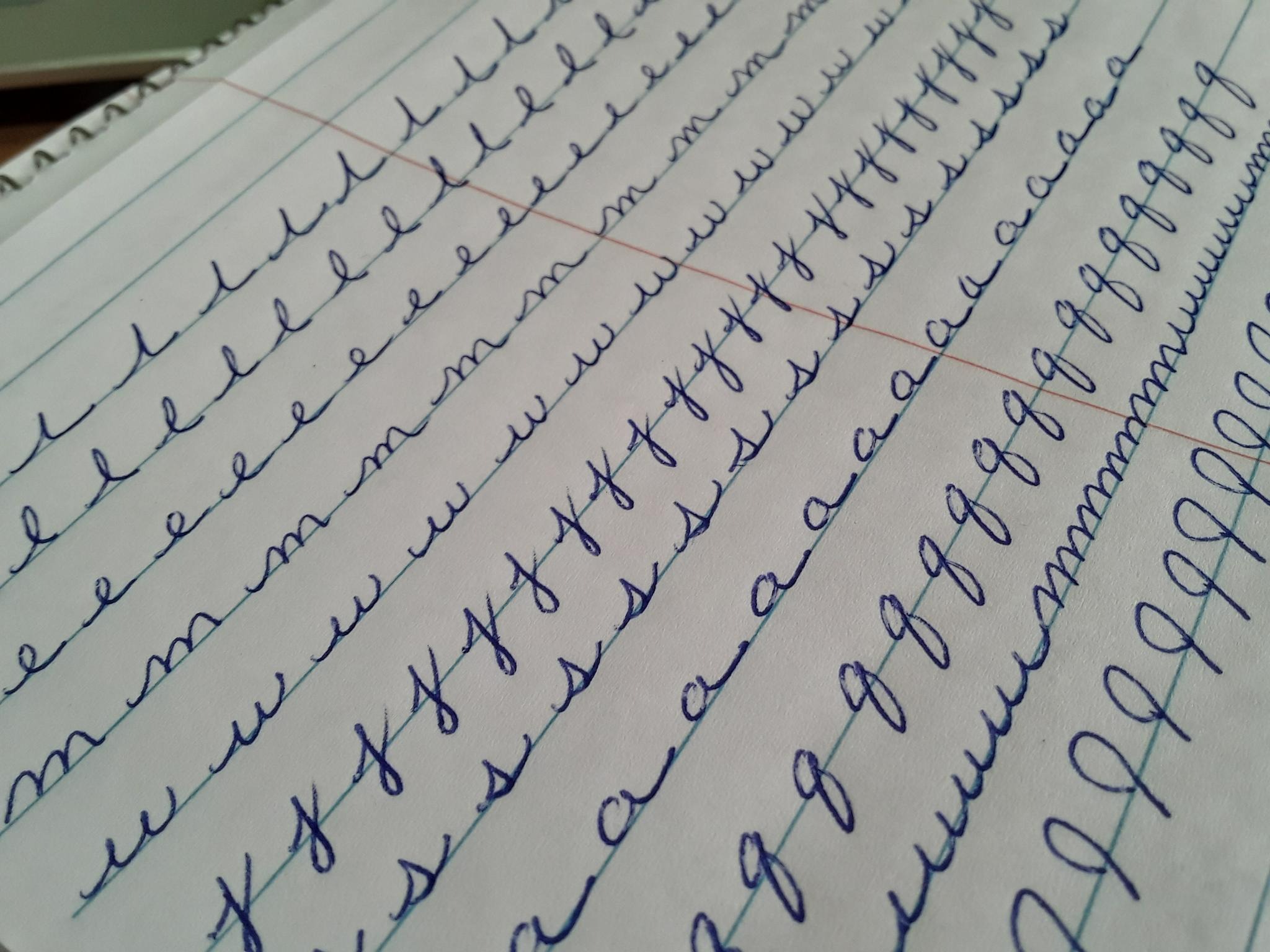
Review the basics
Propriety and righteousness go hand in hand. Approach this endeavor by adhering to traditional standards, and your efforts will likely yield noble results.
Just like with Chinese calligraphy, one needs to learn the basic strokes and the correct order in which they are put to paper in order to produce the best results. Spend some time practicing the basic strokes used in the alphabet before attempting letters.
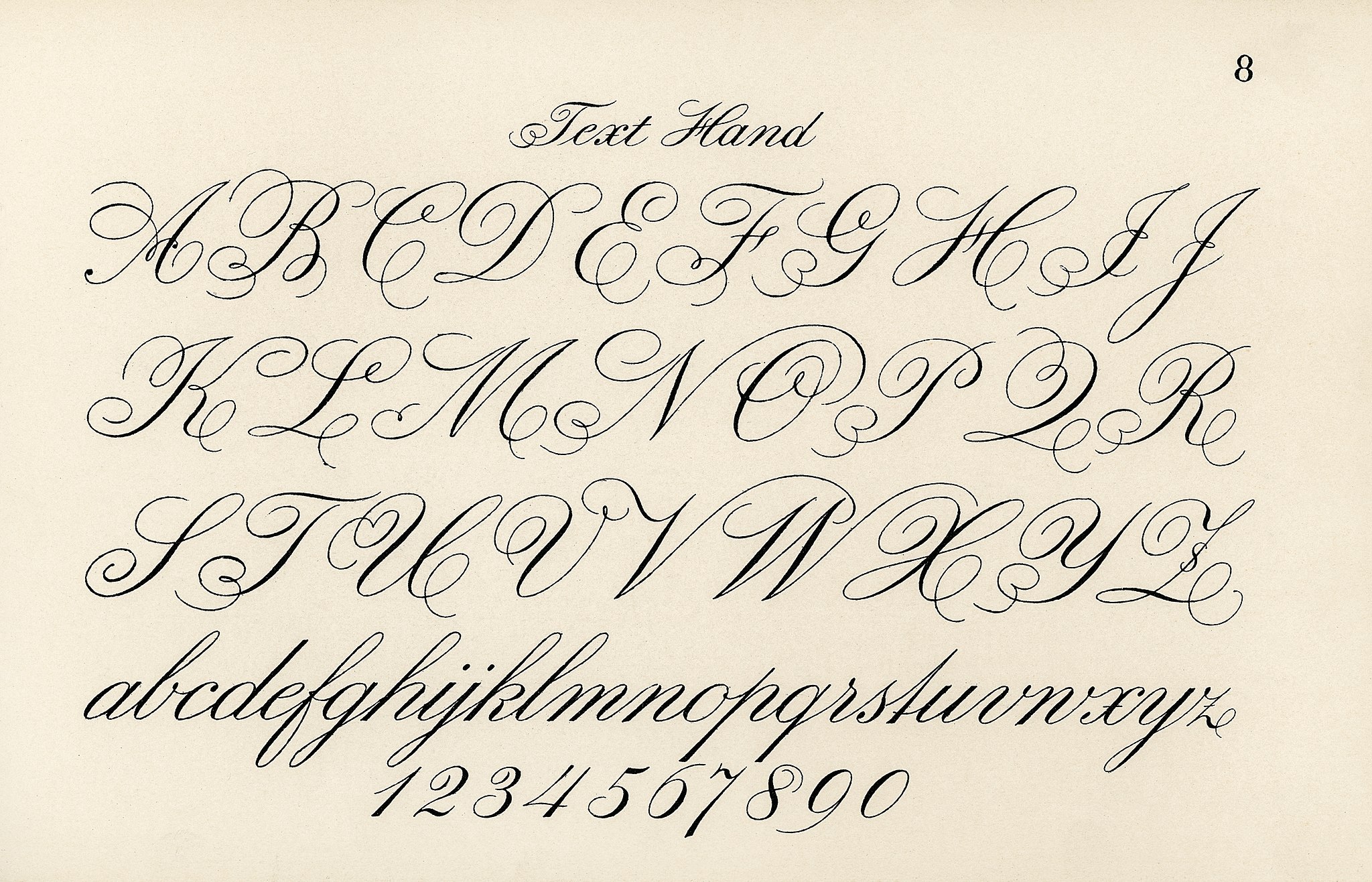
When your vertical, horizontal and diagonal lines, loops and circles are evenly spaced and regular, review the proper formation of each letter — paying careful attention to details like slant, spacing, height and flow. Books like American Cursive Handwriting and Spencerian Penmanship will be helpful in supporting your progress. Your own style will naturally emerge after you can construct sentences fluently.
Preparation and practice
If you are unaccustomed to using a writing utensil, your hand may get cramped after a short while. Just as if you were preparing to play the piano, you can do some simple stretches and exercises to prepare your hands for a workout. Flex your wrists and stretch your fingers periodically throughout the day to keep them limber and ready for action.
At the same time, prepare your mind by clearing away negative or distracting thoughts, remember your lofty aspirations, and be steadfast and diligent. Like accomplished Chinese calligraphists, express your noble spirit in your writing.
Aim to write daily, making use of any opportunity to advance your skills. Keeping a journal, writing letters, taking handwritten notes, and even making lists or doing crosswords can prove to be valuable practice time. If you are a writer by profession, try handwriting your first draft — or at least your outline — to boost focus and creativity.
Be mindful
Good penmanship can be achieved only through paying attention to detail. To do this, one must be present in the moment. When your mind is cluttered with worries about the future, a barrage of electronic communication, and a multitude of pursuits and desires, it’s very difficult to keep your attention devoted to one thing.
Simplicity, patience, compassion
These three are your greatest treasures.
Simple in actions and thoughts, you return to the source of being.
Patient with both friends and enemies,
you accord with the way things are.
Compassionate toward yourself,
You reconcile all beings in the world
Lao Tzu, Tao Te Ching
As you prepare to write, clear your work area of any potential distractions, turn off your phone, and settle down to your task as if it is the only thing that matters. Take your time to carefully form each letter, paying attention to the sound of the pen, the texture of the paper, the quality of the line, and even the smell of the ink. Allow yourself to be immersed in the writing and it will become a meditative and enriching experience.
Strive to perfect your character, and with every stroke of every word you write, you will display your growing virtue.
















